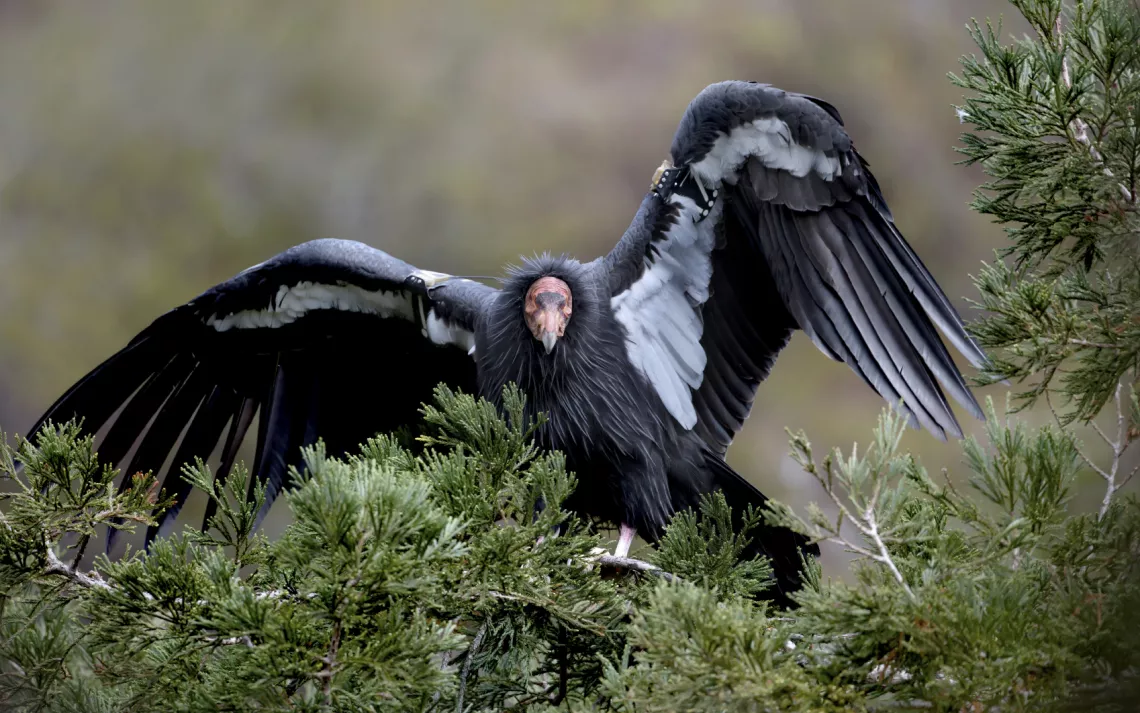5 Ways to Help Protect Endangered Species

The California condor is ranked "critically endangered" on the IUCN Red List. | Photo by iStockphoto/pjsells
There are just over 1,400 endangered plant and animal species in the United States alone. (That’s a fraction of the number that are at-risk worldwide.) From the calculating venus flytrap and the ornamental gooty spider to the majestic California condor, threatened species are some of the most important (and coolest!) contributors to the health and balance of our global ecosystem.
In 2006, Congress inaugurated Endangered Species Day as an annual celebration of our nation’s vulnerable wildlife. On the third Friday of every May, schools, conservation groups, parks, and other eco-minded organizations across the country host special events and activities to help raise awareness about endangered species and what we can do to protect them. In honor of Endangered Species Day 2016, here are five fun ways you can help keep your favorite vulnerable plants and animals off the extinct species list:
CELEBRATE by finding a special event near you! With the Endangered Species Coalition search tool, you can search from anywhere in the world to see what your local aquarium or zoo is doing to celebrate at-risk animals. Events range from the 24-hour BioBlitz in Washington’s Olympic National Park, where attendees are challenged to discover and identify as many species as possible, to a series of zookeeper-led sessions at Massachusetts’s Franklin Park Zoo, where you can learn about endangered species and how to protect them.
WRITE to your state senators and other federal organizations to tell them why protecting endangered species is important to you. Check out Defenders of Wildlife’s species-specific letter templates to help you get started.
VOLUNTEER with a wildlife refuge or hatchery near you. Visit the U.S. Fish and Wildlife Service website for a comprehensive list of the nation’s 500-plus refuges and hatcheries with resident volunteer opportunities.
PLANT native flowers, bushes, and trees in your garden. These plants will help push back invasive species and rebalance the ecosystem for animals in the area. Check the U.S. Plants Database to see what species you can add to your garden. If you’re in New England, you can easily purchase native plants online, and start growing as soon as they arrive at your door.
AVOID products made from endangered animals. This may seem like a no-brainer, but illegal wildlife trading operations are kept afloat by consumer demand for products containing animal parts from species like African elephants, sea turtles, sharks, and whales. Keep an eye out for the illegal sale of ivory, sea turtle shells (sometimes sold as jewelry), shark fins, and beluga caviar. Use smartphone apps like Wildlife Witness and WildScan to instantly report illegal wildlife trade.
 The Magazine of The Sierra Club
The Magazine of The Sierra Club



